Ann Arbor (Informed Comment) – The Ember energy analysis firm has released its global electricity report for the first half of 2025, and it contains two big surprises.
The first is that sustainable sources of energy have now overtaken coal for the first time since the beginning of the Industrial Revolution.
The second is that renewables grew faster than electricity demand in H1. This incredible statistic may suggest that a positive tipping point is being reached. We hear a lot about negative climate tipping points lurking in our future that could make the climate breakdown accelerate. Here is the more optimistic sort, a sign we are going in the right direction.
Today I want to concentrate on coal. Ember says that its share of global electricity generation fell from 34.2% to 33.1%, a reduction of 31 Terawatt hours (TWh).
At the same time, renewables rose to 34.3% of power generation. I had to look closely to see it, but that 34.3% for wind, solar, and water is more than coal’s 33.1% by 1.2%. That’s history!
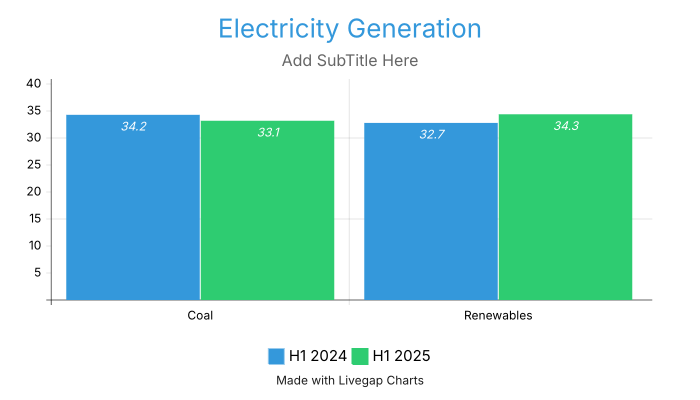
Ricardo Pinto et al. write in a paper in ScienceDirect, “Between 1900 and 1950, on average, over 95% of the world electricity was produced from coal and hydro sources, with approximately constant shares (coal representing 55% and hydro 40%).” This is how they chart electricity from coal from 1900 to 2015 (the black mass at the bottom is coal, the bright green line shows that electricity production skyrocketed over this period globally):
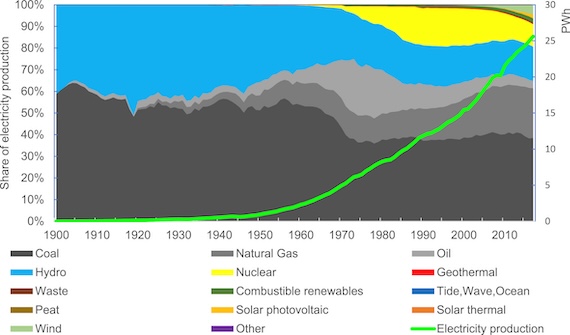
Ricardo Pinto et al., Fig. 5. World shares of electricity production per energy source (left axis) and total electricity production (right axis) (1 PWh = 1012 kWh = 3.6 EJ).
I wrote on another occasion,
- ” The world’s first coal-fired electric plant opened in London in 1882. It was the Edison Electric Light Station, at 57 Holborn Viaduct. It powered electric lights and wasn’t a commercial success. In the twentieth century until about 1965, almost all British electricity was fueled by coal, after which nuclear, hydro, and from the mid-1990s, natural gas, took large shares.

Click graphic to donate via PayPal!
Coal pollution in London grew so bad that in 1952 some 4,000 to 12,000 people are thought to have died in the Great Smog, when particulate matter in the air proved so heavy that it slashed visibility and fingers of it swirled into homes.
continued after video below.
—
History Pod: “5th December 1952: The Great Smog of London begins”
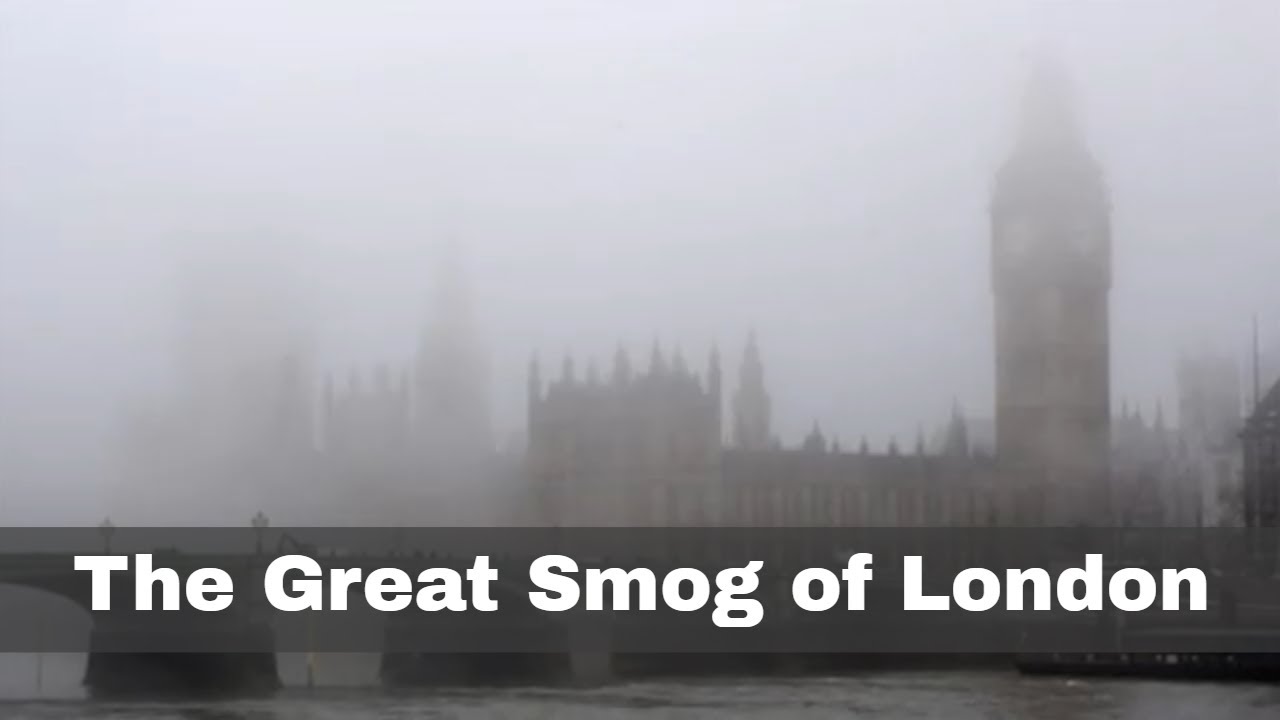
5th December 1952: The Great Smog of London begins
—-
Because of Britain’s use of coal in steam engines from the mid-eighteenth century, and adding in coal furnaces for heating in the 19th, and coal-fired electricity plants in the twentieth, it is considered the country that put the greatest amount of carbon dioxide into the atmosphere in modern history.”
Never miss an issue of Informed Comment: Click here to subscribe to our email newsletter! Social media will pretend let you subscribe but then use algorithms to suppress the postings and show you their ads instead. And please, if you see an essay you like, paste it into an email and share with friends.
By the way, burning coal puts mercury, a deadly nerve poison, into the atmosphere, along with a lot of deadly particulate matter. It is a major human health hazard and should be abolished for that reason alone.
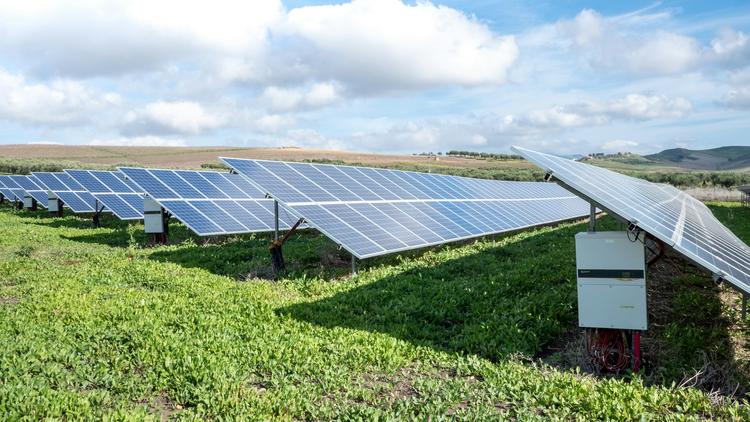
Photo by Sungrow EMEA in Italy on Unsplash
During the first 15 years of this century, coal increased as a source of electricity from 38% to 39%. It began declining slowly thereafter, but initially that was because it was being replaced by fossil gas plus renewables. Now renewables alone have overtaken coal, which is down to supplying only a third of global electricity.
Coal is the dirtiest of the fossil fuels, that is, the biggest producer of carbon dioxide per pound burned, so the rapid decline of this industry is essential to forestalling the worst outcomes of the climate breakdown.

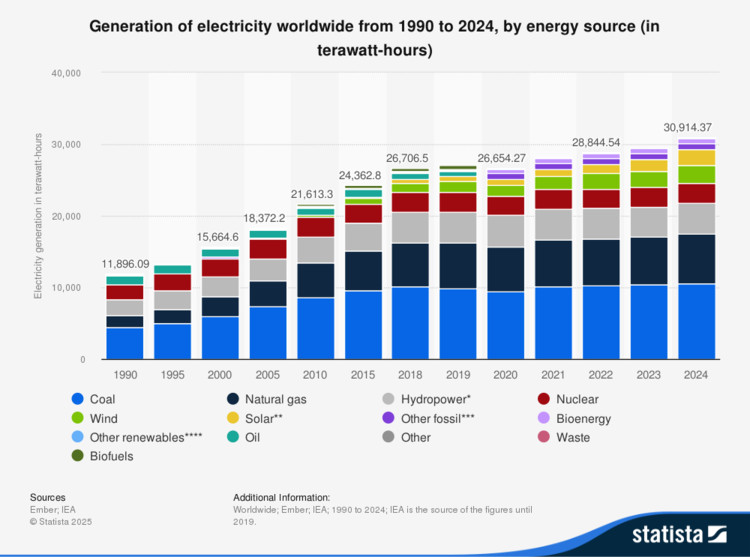

 © 2025 All Rights Reserved
© 2025 All Rights Reserved